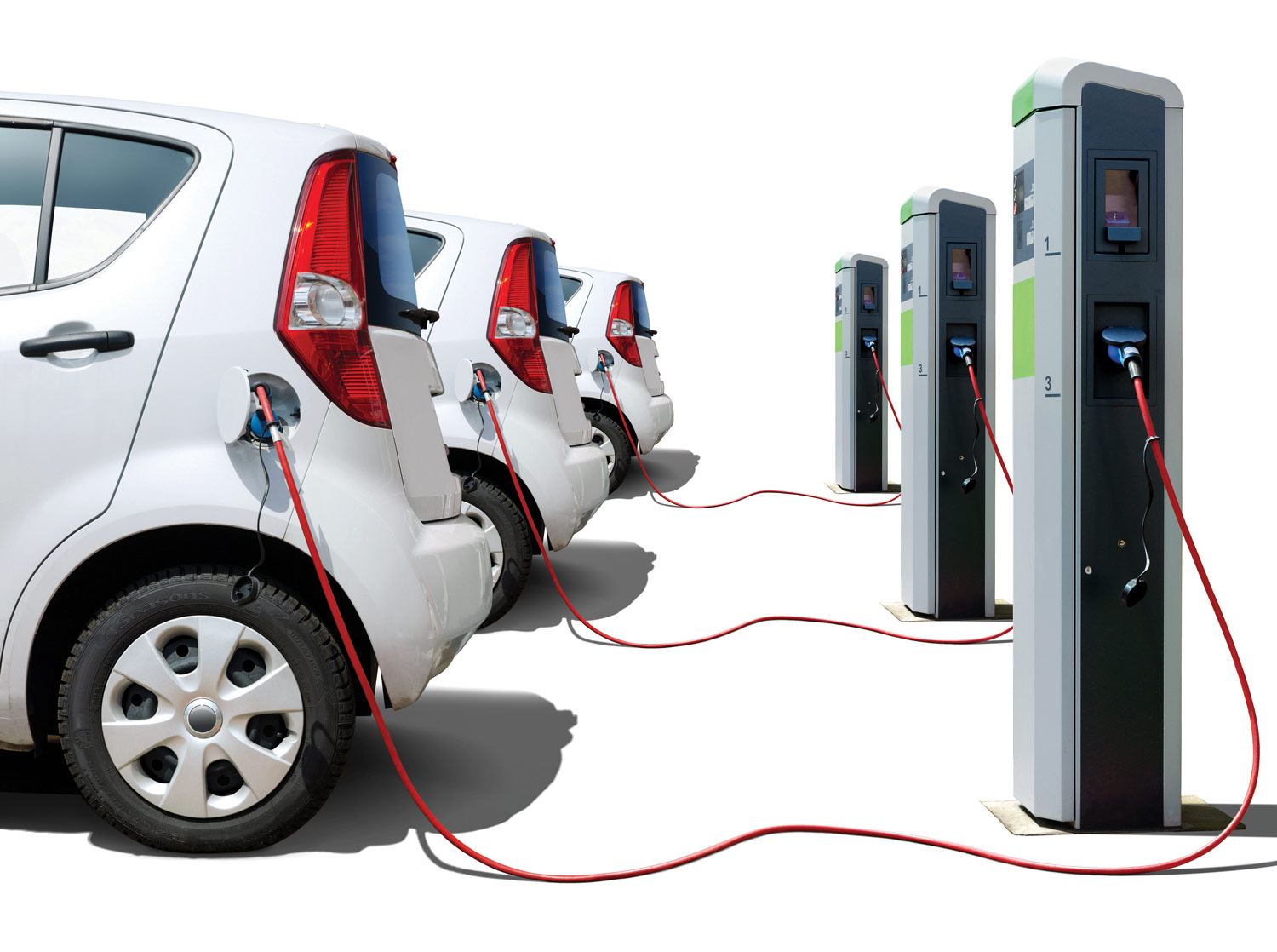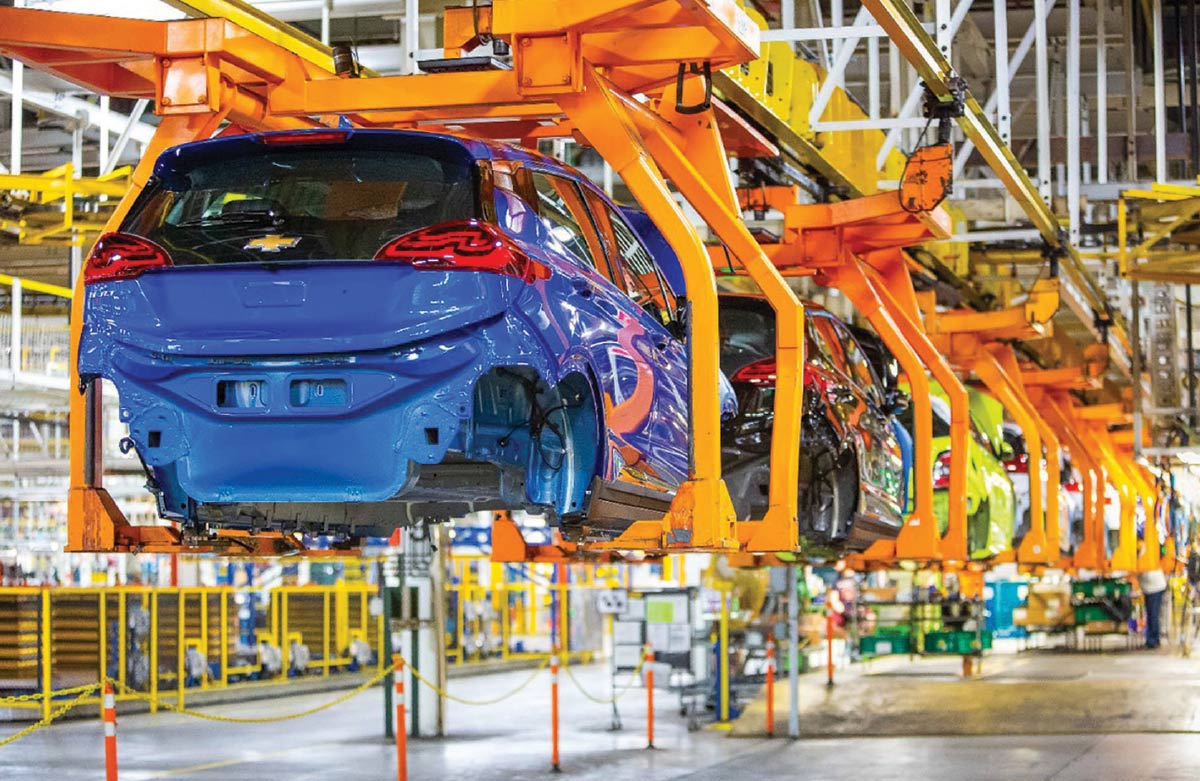nnovation is being driven by new customers and technologies, despite potential concern over program profitability, which is changing the way automotive suppliers conduct business, according to the latest survey of members of the Original Equipment Suppliers Association (OESA), published in March.

nnovation is being driven by new customers and technologies, despite potential concern over program profitability, which is changing the way automotive suppliers conduct business, according to the latest survey of members of the Original Equipment Suppliers Association (OESA), published in March.
Asked what their biggest challenges/opportunities are as the industry prepares for a BEV future, 78 respondents noted that new customers and new technologies are driving innovation. Forty-two respondents reported that BEV programs “are changing the way we do business”; 38 companies said they are capitalizing on such programs; but 37 companies said their products are not aligned with the technology.
 internal combustion engine and hybrid vehicle sales will need to be phased out.
internal combustion engine and hybrid vehicle sales will need to be phased out. 
The trend is gaining traction nonetheless. Regulations to develop a carbon-neutral planet will propel BEV shares above 50 percent in Europe by 2030, while China and the United States will reach 40 percent and 25 percent BEV market saturation, respectively, in the same period. This is according to research led by Reinhard Schorsch, director of OEM Planning Solutions at IHS Markit, a Boston-based consultancy.

We’re relentlessly committed to passionate customer service, offering versatile operations and the industries’ most expansive national footprint.
Come ride the VORTEQ wave of momentum for your coil coating needs! Let’s get started at vorteqcoil.com
Internal combustion engine and hybrid vehicle sales will need to be phased out at least 10 years before the target dates, “with many markets becoming pure BEV/ZEV sales markets by 2040 at the latest (with only a few exceptions),” according to IHS Markit estimates.
Europe is in the front wave of this transformation from a regulatory perspective. Although it has not been formally agreed upon yet, IHS Markit “expects an EU-wide ICE phaseout by 2040 or before.”
From a regulatory perspective, China is only a few years behind Europe. IHS Markit expects new energy vehicles (NEV) sales targets to be around 40 percent by 2030, greater than 50 percent by 2035 and up to 100 percent by 2050 at the latest.
The U.S. is tied to Safer Affordable Fuel-Efficient (SAFE) rules until 2026. From 2027 onward, the consultancy assumes, the Biden administration will revert to the improvement levels (measured in miles per gallon) that are at least as stringent as those developed and followed under the Obama administration. California will likely be the vanguard in adopting and conforming to regulatory guidance on emissions.
“The tipping point for decisions towards an accelerated BEV roadmap or even a full BEV switch has arrived in the boardrooms of major OEMs in regulated markets,” says Schorsch.
Consequently, Jaguar, Volvo, Mini, Bentley and Ford Europe have announced ambitions to become BEV brands by 2030. Other brands are striving to make BEVs their major propulsion system by then. These include Porsche, VW Europe, Land Rover, BMW and Kia Europe.
Schorsch stresses the importance of establishing and securing a supply chain for this major change as soon as possible.
“Broad consumer acceptance and readiness for BEVs will occur when price and total cost of ownership match with mobility budgets, when real driving ranges match with use cases, and when charging is no longer a concern in consumers’ minds,” according to Schorsch.
- The Nissan Ariya is a new EV crossover model.
- First deliveries of the Volkswagen ID.4 to customers in Wolfsburg, Germany. ID.4 is the second model to be built based on VW’s modular electric drive matrix and is the brand’s first fully electric SUV. Sales have begun in the U.S. and China.
- The Kia EV6 offers a 300-mile range on a full charge and ultra-fast charging for shorter trips of 60 miles.
- Electric motor pre-production assembly and testing at General Motors Global Propulsion Systems Center in Pontiac, Michigan. Photo by Jeffrey Sauger for Chevrolet
- General Motors is building a factory in Lordstown, Ohio, for its modular platform and battery system, called Ultium. Photo by Steve Fecht for General Motors
- Fully electric models to cover up to 90 percent of BMW’s current market segments by 2023
- Through 2025, Ford plans to invest more than $22 billion to engineer and introduce connected, electric vehicles
- Ford Europe goes all-in on EVs, as Cologne plant begins $1 billion transformation
- The Mustang Mach-E, an SUV built on an all-electric platform, will be manufactured in China by Changan Ford
- General Motors plans to be carbon neutral by 2040 in its global products and operations
- GM aspires to eliminate tailpipe emissions from new light-duty vehicles by 2035
- Steel rises at Spring Hill Complex, advancing GM’s all-electric future
- Kia Corp. unveils EV6, the first model based on its new platform for battery electric vehicles
- Lexus introduced LF-Z Electrified, a conceptual BEV, to roll off assembly lines in 2025
- Nissan aims to electrify all new models launched in major markets by the early 2030s
- Toyota Manufacturing North America will introduce two battery electric vehicles over the next 16 months
- Volkswagen will deliver 150,000 fully electric ID.4 models worldwide this year
Some manufacturers, however, “have recently begun to revert back to the use of steel. As a result, the powertrain weight reduction seen in some second-generation mass-market EVs have been nullified by the weight increase in the body and other parts.”
Considering the net effect of these mixed trends, they assume the aluminum intensity of BEVs will increase but at a slower pace compared with ICE powertrains.
EVs are more copper intensive compared with ICEs. Roughly 40 to 80 kilograms of copper per vehicle is required in the windings of the electric motors and cabling to transfer power from the battery to the motors, the researchers say. “The key driver behind the increasing copper content in EVs is increasing the average battery size.”
Incremental demand due to mass EV penetration could exacerbate an emerging deficit in critical metal markets. “Significantly higher long-term prices could be required to support the required investment in meeting the need for increased conductivity.
“Given extended lead times in bringing product to market—average greenfield copper projects take about 12 years to permit, finance and build—this could lead to considerable volatility during any adjustment phase,” the paper states.
“Nickel is another case in point. While aggregate demand from EVs is small relative to the market for steel alloys, the requirement for extreme high-purity inputs for cathode manufacture has the potential to generate bottlenecks within the supply chain,” the researchers warned.

 The key driver behind [higher] copper content in EVs is the [larger] average battery size.
The key driver behind [higher] copper content in EVs is the [larger] average battery size. 
“The direction is obvious in regulated markets, but the road ahead is not straight. Will the OEMs’ accelerated electrification plans be supported by the supply chain, and will their BEVs match with customers’ expectations in the same timeframe?” IHS Markit’s Schorsch wonders. Risks are inherent in trying to match the requirements of the transformed automotive supply chain. However, he advises, “it is rather less risky to prepare for the BEV era, than to miss it.”



